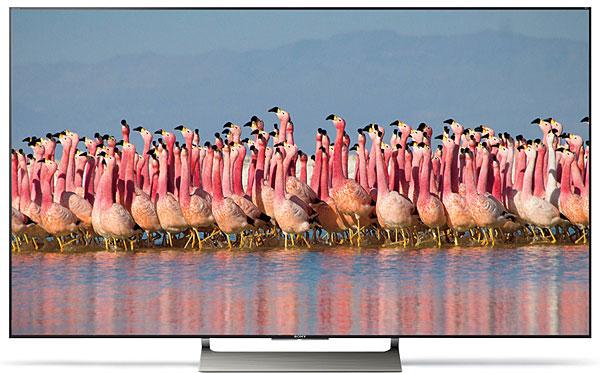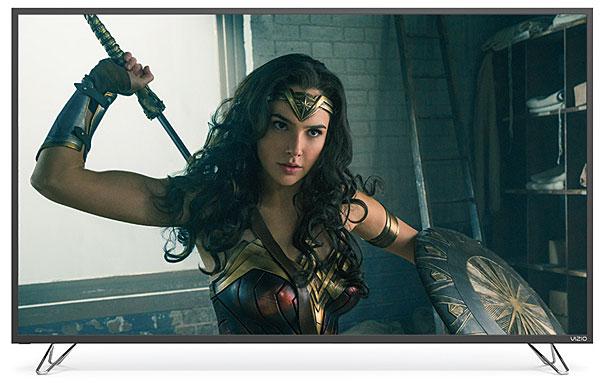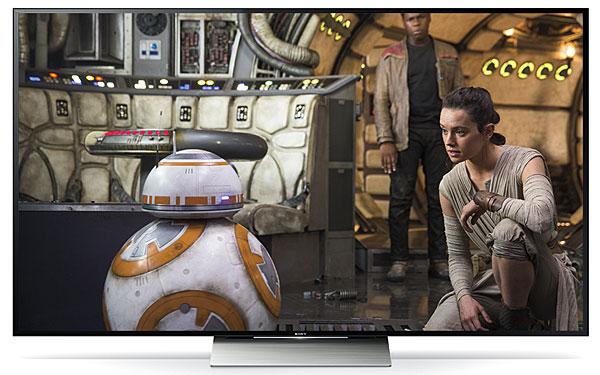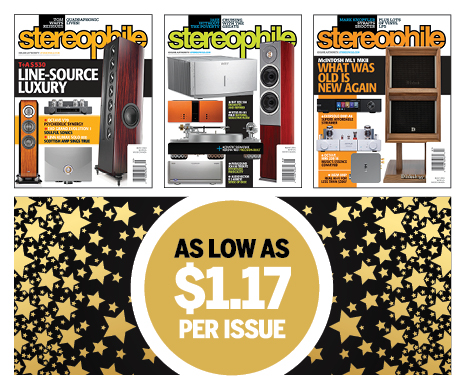4K TV Reviews
Sort By: Post Date TitlePublish Date
|
Dec 04, 2017 |
|
Nov 28, 2017 |
|
Nov 09, 2017 |
|
Aug 24, 2017 |
|
Dec 27, 2016 |
|
Dec 22, 2016 |
|
Nov 15, 2016 |
|
Nov 02, 2016 |
|
Sep 07, 2016 |
|
Aug 03, 2016 |
|
Apr 05, 2016 |
|
Jan 26, 2016 |
|
Dec 23, 2015 |




















